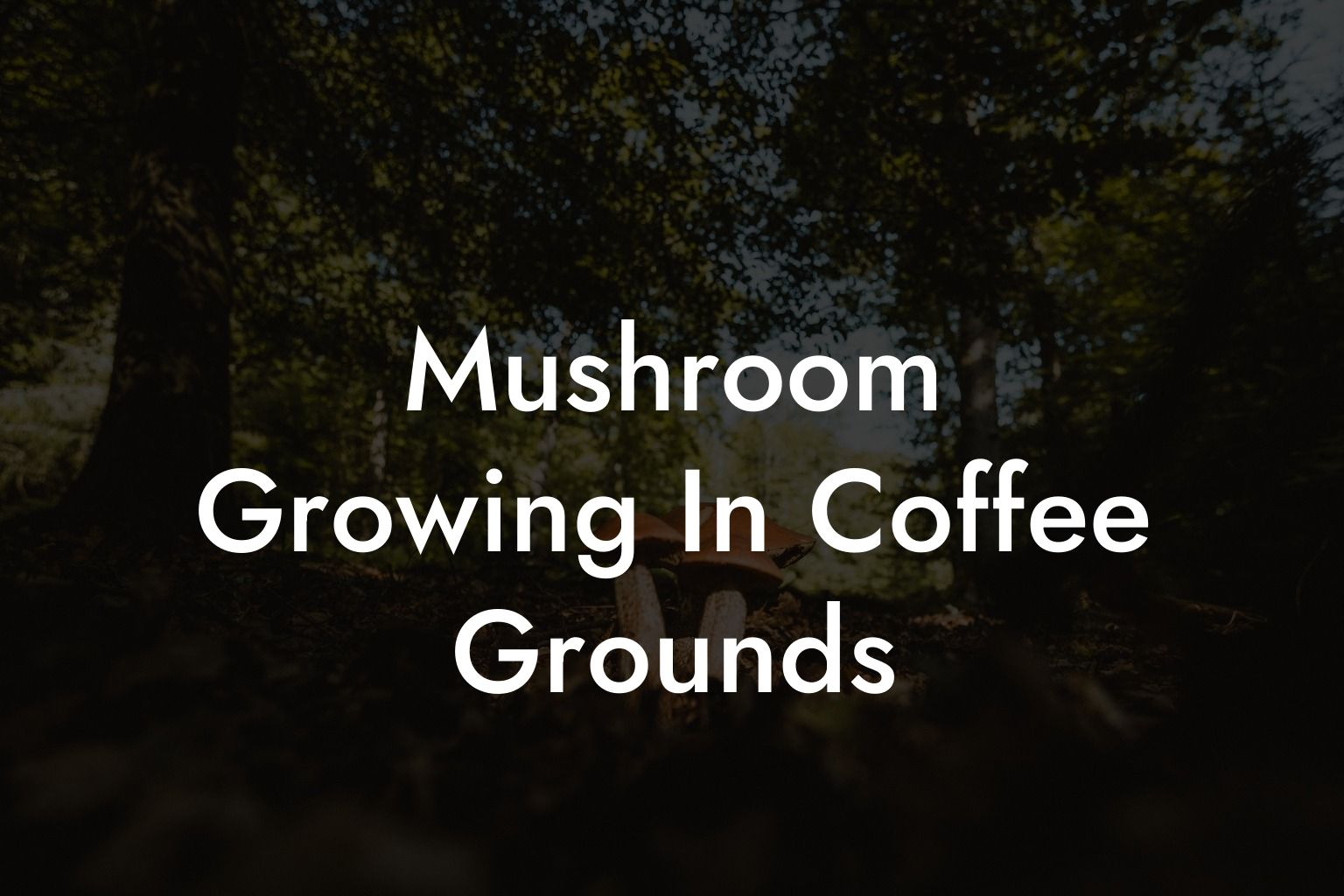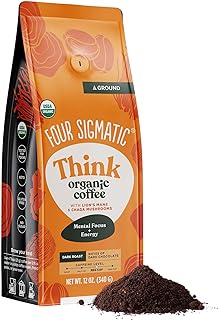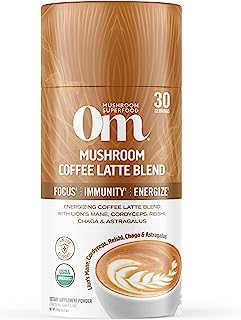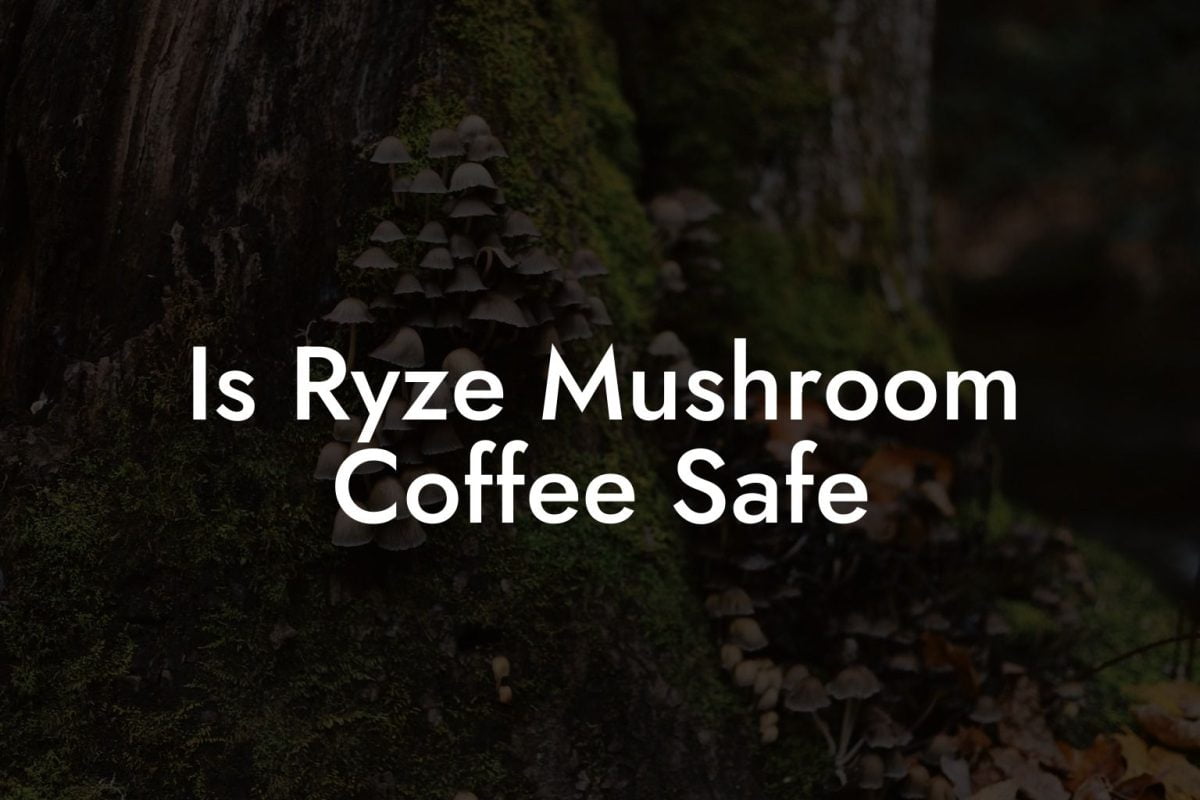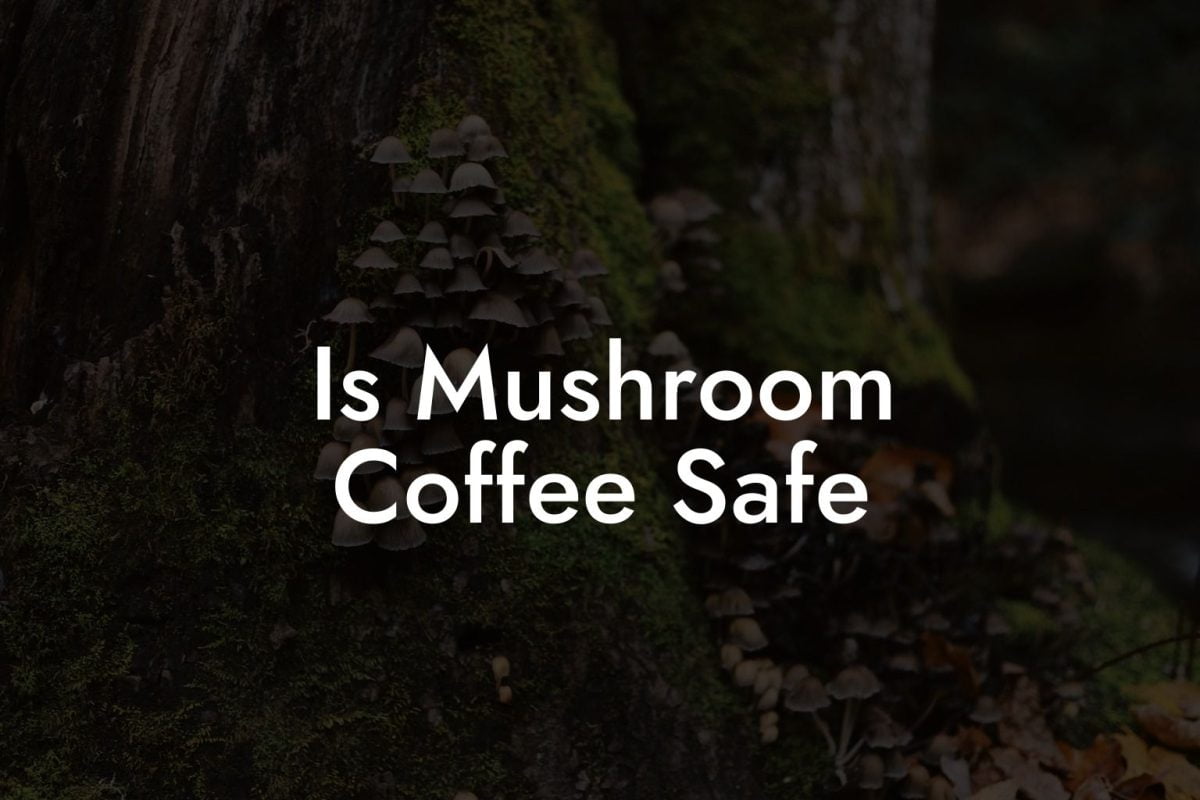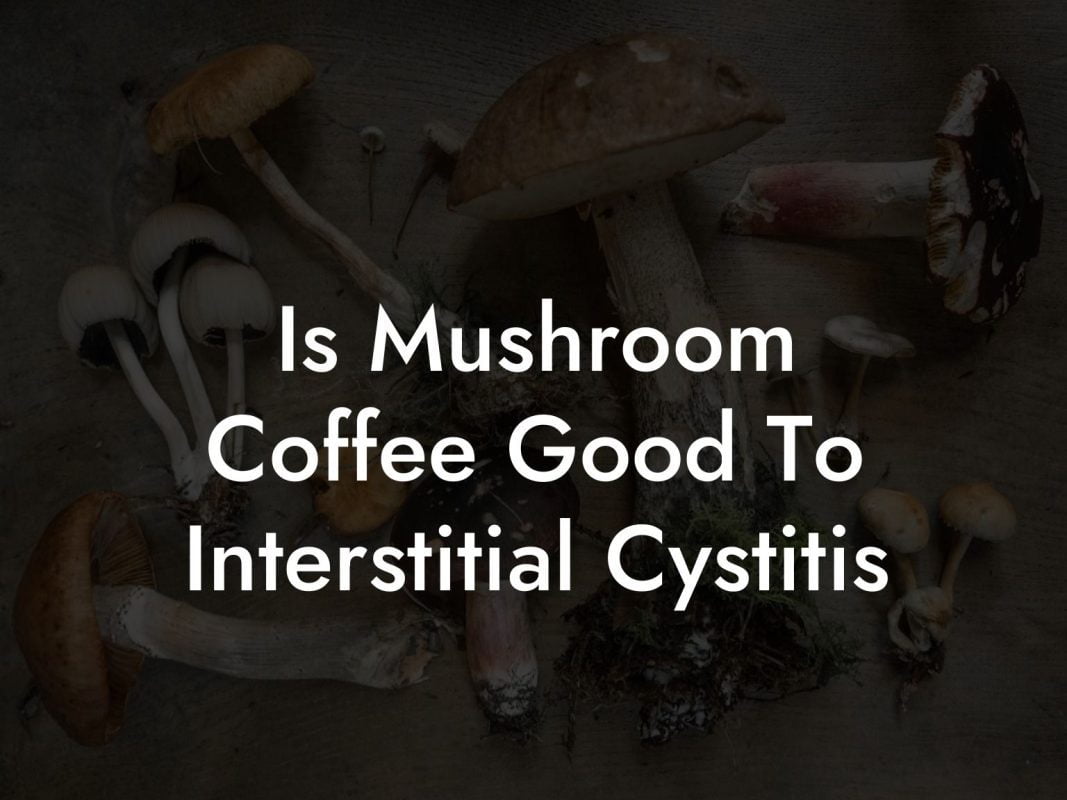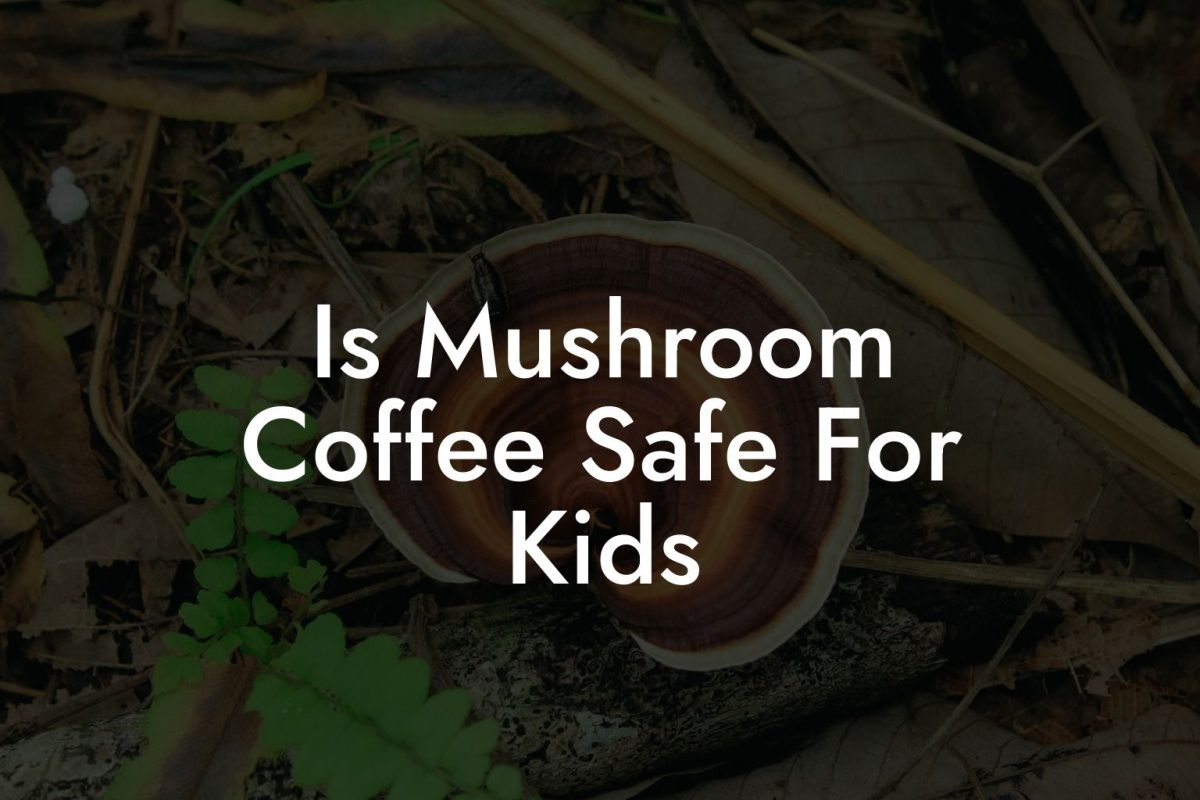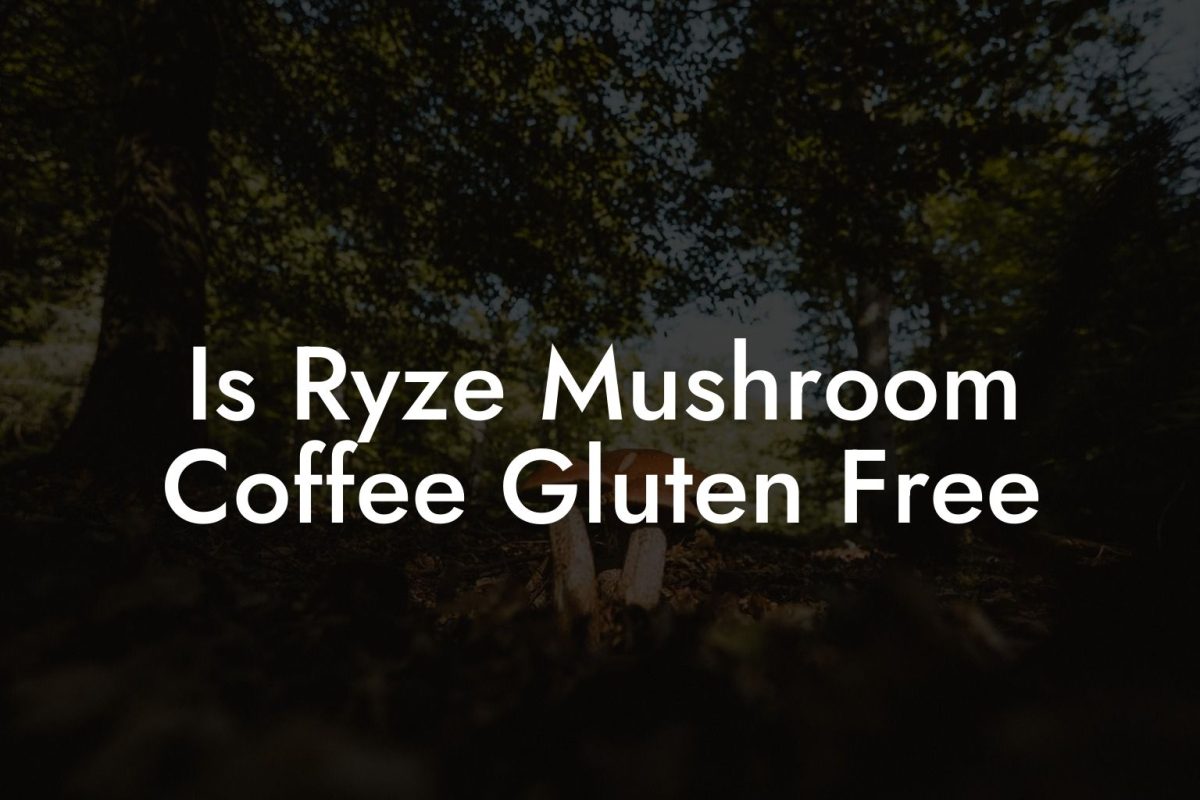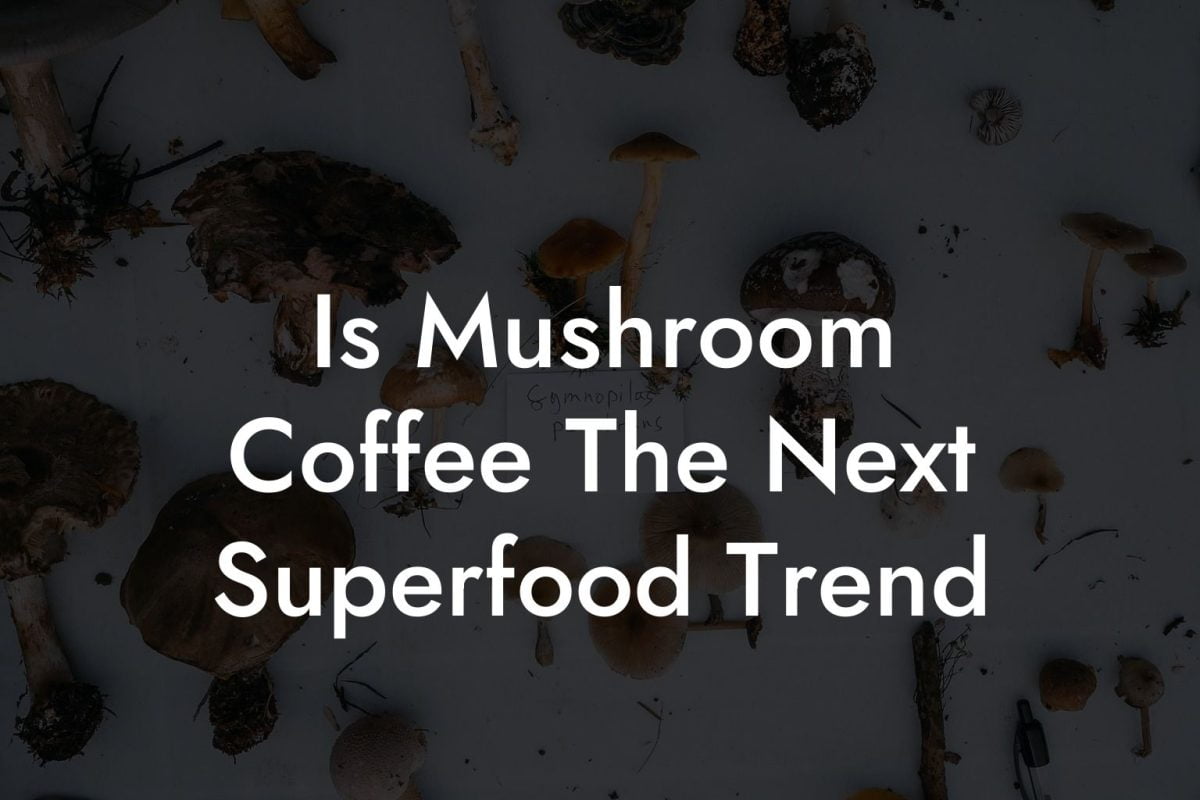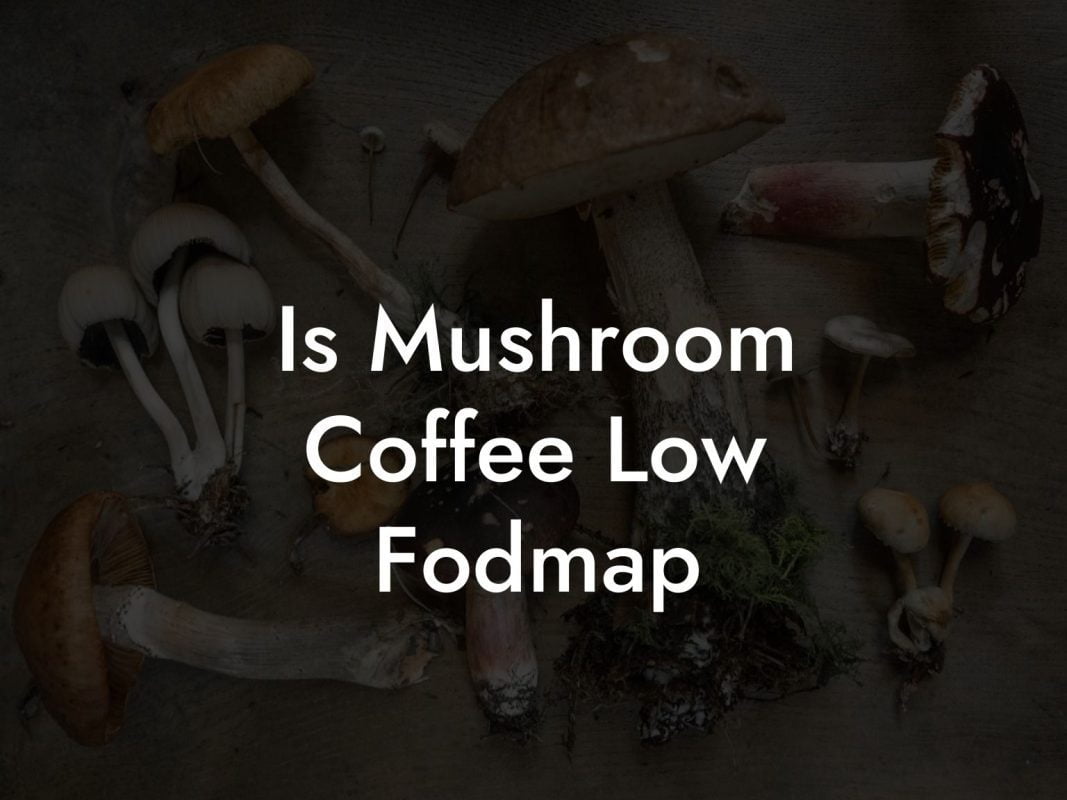Ever thought your leftover coffee grounds could spark a fungi revolution? Dive into the buzzworthy trend of Mushroom Growing In Coffee Grounds, a rad, eco-friendly, and budget-friendly way to cultivate your own mushrooms right at home. Whether you’re a Gen-Z eco-enthusiast, a millennial craving sustainability, or just someone who loves a good DIY experiment, this guide is your go-to resource for transforming repurposed coffee into a gourmet fungal feast. Let’s brew up some knowledge and get those spores thriving!
Quick Links to Useful Sections
- The Magic Behind Coffee Grounds and Mushrooms: Why This Combo Works
- Mushroom Growing in Coffee Grounds: A Step-by-Step Guide
- Step 1: Gather Your Materials
- Step 2: Prepare the Coffee Grounds
- Step 3: Mix in the Mushroom Spawn
- Step 4: Incubate Your Mixture
- Step 5: Encourage Fruiting
- Step 6: Harvest and Enjoy
- Exploring the Science: How Coffee Grounds Enhance Mushroom Cultivation
- Popular Mushroom Varieties for Coffee Ground Cultivation
- Oyster Mushrooms
- Shiitake Mushrooms
- Maitake Mushrooms
- The Benefits of Mushrooms Grown on Coffee Grounds
- Troubleshooting Your Mushroom Cultivation Adventure
- Contamination Concerns
- Insufficient Colonization
- Lighting and Temperature Issues
- Mushroom Coffee: Blending the Best of Both Worlds
- Environmental Benefits: A Sustainable Farming Revolution
- Expert Tips and Tricks for Successful Mushroom Cultivation
- Case Studies: Real-Life Success Stories in Coffee Ground Mushroom Cultivation
- Case Study 1: From Kitchen Waste to Gourmet Delight
- Case Study 2: A Hobby Turned Health Boost
- Case Study 3: Community Gardening and the Urban Fungi Renaissance
- Resources and Community Support: Your Next Steps
- Diving Deeper: The Intersection of Fungi, Coffee, and Wellness
- FAQs on Mushroom Growing in Coffee Grounds
- Your Journey into the Fungal Frontier
The Magic Behind Coffee Grounds and Mushrooms: Why This Combo Works
At first glance, it might seem like a quirky pairing, coffee grounds and mushrooms, but nature has a knack for surprising us. Coffee grounds are packed with nitrogen and other nutrients that create a nutrient-rich substrate, providing an ideal environment for mushroom spores to flourish. Not only do they offer a fertile medium, but repurposing coffee grounds also cuts down on waste, making this method as eco-chic as it is efficient.
Mushrooms are nature’s recyclers, breaking down organic matter in ways that replenish the soil. When you use coffee grounds, you’re turbocharging this natural process, giving mushrooms a head start with a nutritious base that supports robust growth. Plus, the slightly acidic pH of used coffee grounds aligns well with many mushroom species’ needs, making it a match made in sustainable heaven.
In the world of urban farming and DIY cultivation, growing mushrooms in coffee grounds has emerged as a trend that not only satisfies your green thumb but also your eco-conscious spirit. It’s an inventive way to merge your morning coffee ritual with your passion for homegrown, organic produce.
Mushroom Growing in Coffee Grounds: A Step-by-Step Guide
Ready to transform your everyday coffee waste into a mushroom supply? Grab your favorite mug, get your hands dirty, and let’s break down the process into digestible steps that anyone can follow. With a sprinkle of patience and a dash of ingenuity, you’ll be cultivating mushrooms in no time.
Looking For The Best Mushroom Coffee? You'll Love These:
Step 1: Gather Your Materials
The journey begins with the right tools. Here’s what you’ll need:
- Used Coffee Grounds: Collect these from your daily brew. Local cafes are great sources if you’re running low at home.
- Mushroom Spawn: Purchase spawn for species that thrive on coffee grounds. Oyster mushrooms, for example, are fantastic candidates.
- Growing Container: A clean plastic tote or a repurposed container with drainage holes works perfectly.
- Sterilized Equipment: Make sure your tools and containers are sanitized to prevent unwanted contaminants from stealing the spotlight.
- Water and a Spray Bottle: Keeping moisture levels just right is key, so have these at the ready.
Pro tip: If you’re serious about your fungal venture, opt for organically grown coffee to avoid chemical residues that might hinder mushroom growth.
Step 2: Prepare the Coffee Grounds
Freshly used coffee grounds are your best bet, they still have moisture and nutrients. Spread them out on a clean surface to let them cool and, if possible, pasteurize them by lightly heating (but not cooking) to reduce potential contaminants.
The goal here is to create a hospitable soil substitute for your mushrooms. Think of it as priming the canvas for an art masterpiece, your mushroom masterpiece.
Step 3: Mix in the Mushroom Spawn
Once your coffee grounds are cooled, mix in the mushroom spawn. Be gentle yet thorough, ensure the spawn is evenly distributed throughout the substrate. This is a crucial step because a uniform blend ensures that your mushrooms have full access to the nutrients they need.
Use clean hands or gloves. Trust us, nothing says “fresh, clean fungi” like a contamination-free blend!
Step 4: Incubate Your Mixture
Transfer your mixture into the selected container and cover loosely to retain moisture while allowing for slight air exchange. Store the container in a cool, dark area with temperatures around 60-75°F (15-24°C). The incubation period can last anywhere from a week to ten days, during this time, the spawn will colonize the coffee grounds, forming a white network known as mycelium.
This stage is like the mushroom equivalent of puberty, changes happen behind the scenes, so be patient and respectful of the natural process.
Step 5: Encourage Fruiting
Once your substrate is fully colonized, it’s time to trigger the mushroom’s fruiting stage. Move your container to a spot with indirect light and slightly higher humidity, around 80-90% if possible. Mist the substrate regularly with water to keep it moist and happy, mushrooms are like the divas of the plant world; a little pampering goes a long way.
Within a few days, you’ll start to see tiny pins (baby mushrooms) emerging, which will grow into full-fledged fungi ready for harvest.
Step 6: Harvest and Enjoy
When the mushrooms reach your desired size, it’s time to harvest. Gently twist or cut them off near the base, and you’re ready to cook up some delicious, home-grown mushrooms or even experiment with mushroom coffee recipes.
Enjoy the fruits of your labor knowing you’ve turned everyday waste into a culinary delight while giving back to the planet.
Exploring the Science: How Coffee Grounds Enhance Mushroom Cultivation
Science geeks, rejoice! The secret behind successful mushroom growing in coffee grounds lies in the miraculous properties of both ingredients.
Coffee grounds serve as a robust medium due to their high nitrogen content and organic matter. When combined with mushroom spawn, the grounds act as a perfect catalyst for mycelium growth. The slightly acidic nature of used coffee grounds creates an environment that mitigates certain contaminants, thereby allowing the beneficial fungi to dominate.
Additionally, the warmth retained by coffee grounds after brewing provides a minor boost in temperature, essential in the early stages of colonization. It’s a fine example of how repurposing a common waste product can lead to outstanding results when nature is given room to do what it does best.
In essence, the relationship between coffee grounds and mushroom growth is symbiotic. You get a sustainable, nutrient-rich substrate, and the mushrooms get a head start in what often would be a less-than-ideal environment. This duo showcases one of the many innovative ways modern, eco-conscious folks are reimagining sustainability.
Popular Mushroom Varieties for Coffee Ground Cultivation
Not all mushrooms are created equal when it comes to thriving on coffee grounds. Here are some varieties that are well-suited for this substrate:
Oyster Mushrooms
Oyster mushrooms top the list for many urban farmers. They’re known for their fast growth, minimal maintenance, and a flavor profile that’s both delicate and versatile in the culinary world. Their ability to break down coffee grounds efficiently makes them a superstar in the sustainable cultivation arena.
Shiitake Mushrooms
While shiitake mushrooms traditionally prefer hardwood logs, some cultivators have had success experimenting with supplemented coffee grounds. The rich, earthy flavor of shiitake pairs beautifully with the nutty aroma developed during the coffee ground fermentation process.
Maitake Mushrooms
Also known as “Hen of the Woods,” maitake mushrooms benefit from the nutrient density of coffee grounds. They’re prized for their potential health benefits and are a hit in gourmet kitchens. When grown in coffee grounds, their textures and flavors evolve in unexpected ways that passionate foodies love to explore.
Experimentation is the name of the game. Feel free to try different species to see which one aligns with your taste buds and growing conditions.
The Benefits of Mushrooms Grown on Coffee Grounds
Why settle for store-bought mushrooms when you have the power to create something extraordinary at home? Growing mushrooms in coffee grounds offers a bounty of benefits:
- Sustainability: Reduce waste by repurposing used coffee grounds. It’s eco-friendly and cuts down on landfill contributions.
- Cost-Effectiveness: Save money by using materials that would otherwise be tossed. Coffee grounds are essentially a free resource, especially if you frequent your local café.
- Nutrient-Rich Substrate: The organic compounds in coffee grounds provide an excellent growth medium that’s high in nitrogen and other nutrients.
- Easy to Cultivate: With the right materials and a bit of patience, anyone can achieve impressive yields without the need for high-tech equipment.
- Unique Flavor Profiles: Mushrooms grown on coffee grounds often boast a distinct, earthy, and slightly nutty flavor, a fun twist for chefs and food enthusiasts.
- Urban Gardening Appeal: Perfect for apartment dwellers and city slickers who crave a taste of nature, even with limited space.
Plus, there’s just something incredibly satisfying about watching nature turn your morning brew remnants into an edible, thriving organism. It’s a win-win for both your palate and the planet!
Troubleshooting Your Mushroom Cultivation Adventure
Even the most enthusiastic urban farmers hit a snag or two. Here are some common issues you might encounter when growing mushrooms in coffee grounds, and how to overcome them:
Contamination Concerns
One of the biggest challenges is contamination by mold or bacteria. To minimize risks, keep your equipment sterile, use freshly brewed coffee grounds, and maintain proper moisture levels. If you notice any odd colors or smells, it may be best to discard that batch and start fresh.
Insufficient Colonization
If your mycelium appears sluggish or spotty, it might be due to uneven mixing of spawn or an environment that’s too dry or too wet. Adjust your watering routine or mix the substrate again to ensure that the spawn is evenly distributed.
Lighting and Temperature Issues
While mushrooms don’t require intense sunlight, they do appreciate a bit of indirect light during the fruiting phase. Make sure your growing area has adequate natural brightness and maintain a steady temperature to encourage healthy growth.
Remember, every mushroom is unique, experiment and observe to figure out what your little fungal friends prefer. A little trial and error now can yield a spectacular harvest later.
Mushroom Coffee: Blending the Best of Both Worlds
The trend of mushroom coffee has taken the health and wellness community by storm, and for a good reason. Mushroom coffee combines the bold flavor of your regular brew with the health benefits of medicinal mushrooms. When you grow mushrooms in coffee grounds, you’re not only creating a sustainable substrate for your fungi but also giving you the option to craft your own mushroom-infused coffee blends.
Imagine starting your day with a cup that boosts your immunity, supports cognitive function, and provides an antioxidant kick, all while tasting like your favorite cup of joe. Whether it’s chaga, lion’s mane, or reishi mushrooms, the flavor profiles can be quite diverse and customizable. For those who are foodies at heart or love to experiment in the kitchen, mushroom coffee is a creative and healthful way to start your morning.
Plus, growing your mushrooms on coffee grounds adds an extra layer of connection between the process and the final brew. It’s the circle of life, but way cooler and with more flavor.
Environmental Benefits: A Sustainable Farming Revolution
Sustainability isn’t just a buzzword, it’s a lifestyle, especially among Gen-Z and millennials. By repurposing coffee grounds for mushroom cultivation, you’re taking a proactive step to reduce waste and lower your carbon footprint. Each cup of coffee you brew ends with a second life as a nutrient-rich substrate for mushrooms. It’s a resourceful way to extend the lifecycle of everyday waste.
Sustainability meets innovation when you harness the latent potential of coffee grounds. This method not only reduces the volume of organic waste headed for landfills but also lessens the demand for commercial growing substrates, which often have a larger environmental footprint. In a world increasingly challenged by climate change and resource scarcity, every small step counts, transforming waste into wealth is just one way to contribute to a greener planet.
Expert Tips and Tricks for Successful Mushroom Cultivation
Whether you’re a newbie to mushroom growing or a seasoned cultivator, these pro tips can put you a step ahead in your fungal journey:
- Maintain Cleanliness: Sterilize all your equipment before use to avoid contamination. Clean hands and clean tools are your best friends.
- Monitor Moisture Levels: Mushrooms love humidity. Mist regularly but avoid overwatering, which can encourage mold.
- Patience is Key: Every fungus grows at its own pace. Trust the process and resist the urge to rush harvesting.
- Keep a Growing Journal: Document your process, from the day you mix spawn with coffee grounds to the moment you harvest. Recording conditions and observations can help you improve future batches.
- Experiment with Different Species: Not every mushroom will perform the same way. Try cultivating different varieties to see which thrives best in your local conditions.
- Join Online Communities: There are vibrant forums and social media groups dedicated to urban farming and mushroom cultivation. Sharing experiences and tips can open new avenues for success.
Using coffee grounds as a substrate is both science and art, learn from every batch, tweak your techniques, and soon you’ll be a bona fide fungi aficionado.
Case Studies: Real-Life Success Stories in Coffee Ground Mushroom Cultivation
Nothing inspires confidence like success stories from fellow enthusiasts who turned their kitchen scraps into a mini mushroom farm. Here are a few real-life examples of urban growers who have embraced this sustainable method:
Case Study 1: From Kitchen Waste to Gourmet Delight
Alex, a young entrepreneur in a bustling city, was determined to find a sustainable way to repurpose his daily coffee habit. By collecting used coffee grounds from his local café, he set up a small incubation station in his apartment. After a few weeks of careful nurturing and trial-and-error, Alex’s efforts paid off with a bountiful harvest of oyster mushrooms. Not only did he reduce waste, but he also started selling his surplus at local farmers’ markets, creating a ripple effect of sustainability in his community.
Case Study 2: A Hobby Turned Health Boost
Jamie, a health-conscious millennial, loved the idea of merging her passion for organic food with her daily caffeine fix. Experimenting with mushroom coffee at home, she combined locally sourced coffee grounds with lion’s mane spawn. The result? A unique blend that not only tasted amazing but also offered cognitive benefits. Jamie’s experiments quickly gained traction among her friends, leading her to host workshops on sustainable mushroom cultivation in urban environments.
Case Study 3: Community Gardening and the Urban Fungi Renaissance
In a community garden tucked away in the heart of the city, a group of eco-warriors decided to tackle coffee waste head-on. Pooling resources from local cafés and their home-brewed coffee, they set up mushroom-growing stations throughout the garden. The project not only beautified the community space but also fostered connections among residents, turning a simple idea into a thriving social and ecological initiative.
These case studies illustrate how harnessing the potential of coffee grounds for mushroom cultivation can lead to innovative, sustainable solutions that benefit both the individual and the community.
Resources and Community Support: Your Next Steps
If you’re excited to dive into the world of mushroom growing in coffee grounds, you’re in good company. The internet is teeming with resources, community forums, and expert advice to help you refine your techniques and troubleshoot along the way.
Here are some avenues to explore:
- Online Forums and Social Media Groups: Facebook groups, Reddit communities, and specialized online forums dedicated to urban gardening and mushroom cultivation can provide real-time advice and inspiration.
- Workshops and Webinars: Look for local or online events where experienced growers share tips and tricks about sustainable mushroom farming.
- DIY Blogs and YouTube Channels: Follow influencers and content creators who specialize in sustainable living and urban farming. Their video tutorials and blog posts can demystify the process, offering step-by-step instructions and creative ideas.
- Local Coffee Shops and Urban Farms: Some cafes even have sustainability initiatives and partnerships with local growers. Don’t be shy, ask about their coffee ground donation programs and any advice they might have for budding cultivators.
- Scientific Articles and Books: For those who love to dive deep into the science, academic papers and comprehensive guides on mycology and sustainable agriculture can be incredibly enlightening.
By leveraging these resources, you can stay current with new trends, troubleshoot issues more efficiently, and become part of a growing movement that’s reshaping our approach to sustainability and urban farming.
Diving Deeper: The Intersection of Fungi, Coffee, and Wellness
Let’s take a moment to step back and look at the bigger picture. Growing mushrooms in coffee grounds isn’t just about cultivating a crop; it’s about embracing a lifestyle that values innovation, sustainability, and well-being. Whether you’re brewing mushroom coffee for that extra health boost or simply enjoying the satisfaction of a successful harvest, you’re tapping into a rich tradition of resourcefulness and eco-friendly practices.
For many, this practice is more than a hobby, it’s a reminder that everyday items, like your leftover coffee, hold untapped potential. This realization can spur creativity in other areas of life, inspiring a holistic approach to wellness that interweaves nature, science, and personal care.
Embracing the art of mushroom cultivation through repurposed coffee grounds is a testament to the dynamic, forward-thinking mindset of our generation. It’s about finding innovative solutions to modern challenges and appreciating the intricate balance between nature and technology.
FAQs on Mushroom Growing in Coffee Grounds
We know you’ve got questions, here are some frequently asked questions on mushroom growing in coffee grounds, answered in a down-to-earth, no-nonsense style.
1. Why are coffee grounds a good substrate for mushroom growing?
Coffee grounds are nutrient-rich, especially in nitrogen, making them a fantastic substrate for mushroom growth. Their slightly acidic pH and organic matter content further create an ideal environment for mycelium to thrive.
2. Which mushroom species are best suited for coffee ground cultivation?
Oyster mushrooms are among the easiest and most popular to grow on coffee grounds. Other species, like shiitake and maitake, can also work with some adjustments, but oyster mushrooms tend to yield the best results for beginners.
3. Do I need any special equipment for mushroom growing in coffee grounds?
Not really! All you need are used coffee grounds, mushroom spawn, a clean container with drainage, and basic supplies like gloves and a spray bottle. Keeping everything sterile is the key.
4. How long does it take for mushrooms to grow in this setup?
Typically, after mixing your spawn into the coffee grounds and allowing for incubation, you can expect mushrooms to start pinning in about 7-10 days. The full fruiting process might take a couple of weeks, depending on environmental conditions.
5. Can I reuse coffee grounds for multiple harvests?
Coffee grounds can be reused for another flush if properly maintained, but the nutrient profile might diminish after the first harvest. Experimenting with fresh grounds for subsequent flushes is usually the best route.
6. How do I prevent contamination in my mushroom cultivation setup?
Ensure all your equipment and work surfaces are thoroughly sanitized. Use fresh coffee grounds, and avoid overwatering, as excess moisture can encourage mold growth. A clean, controlled environment is your best defense against contaminants.
7. What are the signs of a successful mushroom crop?
Look for a dense white mycelium colonizing the substrate during the incubation phase, followed by the appearance of small pins that quickly develop into fully formed mushrooms. A uniform, healthy growth pattern is a great indicator you’re on the right track.
Your Journey into the Fungal Frontier
The world of mushroom growing in coffee grounds is an exciting blend of science, sustainability, and creativity. As you embark on your cultivation journey, remember that every experiment, successful or not, tells a story, teaches a lesson, and moves you closer to mastering a technique that’s both innovative and in tune with the planet.
Embrace the process with a spirit of curiosity and resilience. From repurposing your daily coffee into a nutrient-rich substrate to nurturing the delicate mycelium until it bursts into life as delectable mushrooms, you’re participating in a small-scale revolution that redefines waste, nurtures nature, and appeals to the eco-conscious soul.
Whether your goal is to brew mushroom coffee that fuels your mornings with an extra boost of wellness or to simply enjoy the satisfaction of growing your own food sustainably, know that you’re at the forefront of a movement that values innovation, resourcefulness, and a deep connection to nature. So fire up that coffee maker, gather your supplies, and let your creativity and passion flourish alongside your mushroom crop.
Here’s to embracing the unexpected, turning every discarded coffee ground into a tiny miracle waiting to sprout, and every harvest into a celebration of nature’s ingenious ways. Welcome to your fungal frontier!
Looking For The Best Mushroom Coffee? You'll Love These:
Useful Interruption: Dive deeper into the world of Mushroom Coffee with our most popular sections. If there is anything you think is missing or anything you would love for us to write about, just give us a shout.
- Mushroom Coffee Equipment & Product Reviews
- Mushroom Coffee Recipes & Creative Variations
- Mushroom Coffee Guides & Troubleshooting
- Mushroom Coffee Brewing & Preparation Techniques
- Model Rocket Advanced Rocketry & Innovations
- Mushroom Coffee Fundamentals
- Model Rocket Equipment Reviews & Digital Tools
- Mushroom Coffee Health Benefits & Wellness
- Mushroom Coffee Mycology & Scientific Insights
- Mushroom Coffee Community, Lifestyle & Engagement
I tried mushroom coffee this morning and told my friend, "This brew is spore-tacular!" He shot back, "Guess that's why it's such a cap-tivating way to kickstart your day!"

